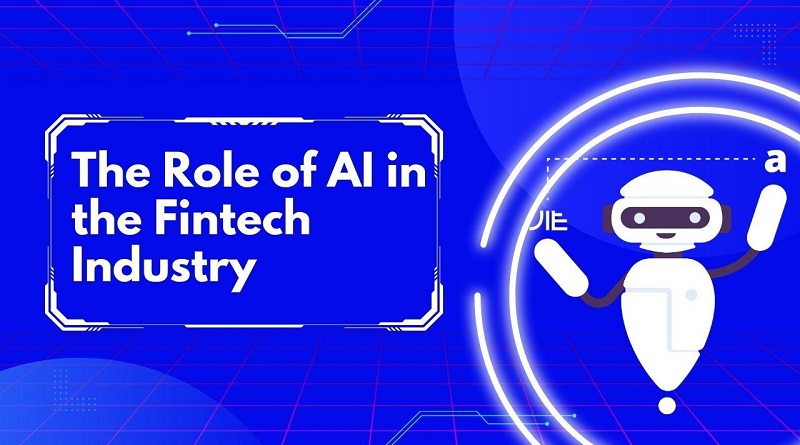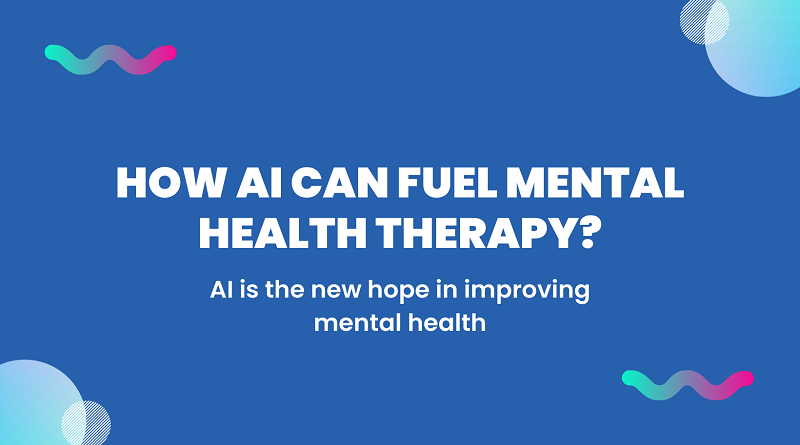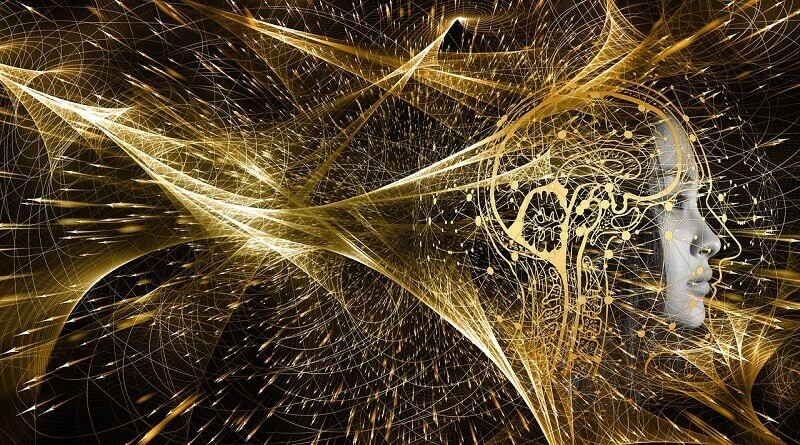The Role of AI in the IoT Revolution

IoT is existing for more than two decades now. But, now, with technologies such as AI, it is capable of going beyond the possibilities we imagined ten years ago. Let’s have a look at a few examples of these possibilities.
Innovations of IoT with AI are resulting in better operational management, reduced shipment costs and durations, and better home security.
Influence of AI on the Innovations of IoT
Internet of Things (IoT) has become a part of our lives since the day smart toasters came into existence in 1990. Now, we can control almost every device at our home without moving an inch from our space, be it television, AC, or car lock. If you know how does the Internet of Things work, that is great. But for users who are not familiar with the concept, IoT works through multiple sensors which are used to transport commands in the form of data from one device to another. This is why we do not even need specific remotes for new generation appliances, we can just use the internet to link devices on an app on our smartphones to control our appliances.
Now, when we are already using IoT with such efficiency, so, it is high time when IoT applications into our daily lives become smarter as well to provide more conveniences. That is possible with the integration of AI and IoT. Though, some examples of Artificial Intelligence (AI) in IoT are already existing around us. In this blog, we are throwing some light on these existing technologies that use IoT with a combination of AI to make our lives easier.
1.Improving voice recognition
AI with devices such as Alexa is helping in understanding commands from different languages, dialects, and pronunciations better. As smart devices and applications are expanding their coverage in more regions, it is possible with AI-supported databases to integrate into smart devices so they can offer better understanding and efficiency.
Big data can be used to support AIs to feed them regional comprehensions and variations of pronunciations for IoT devices to respond better. Thus, it also impacts the user satisfaction level positively.
2.Reducing operational costs
Integration of IoT with AI can reduce operational costs effectively. Let’s use the drug manufacturing industry for example. Drug shipments are sensitive to temperature regulations in almost all cases. Thus, they go through many checkpoints to ensure the shipment is in the proper condition to reach its destination. However, it increases the shipment time. But with an IoT network supported through AI, shipments can be monitored for quality automatically, and on each checkpoint, data shared by AI through IoT networks can be used for the automatic authorization for the shipment to pass through. It does not only reduce time but also costs by reducing the requirements of resources in the entire process.
3.Better security
Top IoT app development companies are also focusing on enhancing IoT-supported security networks with IoT. Apart from smartphone alerts every time your home sees any activity while you are not there, AI can also be used to recognize the faces of people living at home to ensure that no one in your absence has entered your home. A camera along with a security system connected with a high-speed camera can be used to enable face recognition security protocols so that every time sensors catch any activity, it ensures that you are the one entering into the house, unless, of course, if you turn off the alarm by notifying it that you are home. Two devices called SpotCam FHD 2 and SpotCam Eva 2 are already existing as examples of this technology. These devices are able to monitor activities like sounds inside your home or if someone crosses virtual boundaries that you set.
4.Better healthcare system
Fitness apps are already using AI with IoT applications to enable a more efficient healthcare system. These apps are collecting IoT sensors through wearables to collect healthcare data such as blood pressure, pulse rates, and more. Then, AI observes the data to prepare graphs and if needed, to provide alerts like the user should see a healthcare expert. In some cases, for patients living alone, such IoT devices are also capable of generating automated alerts if the patient gets into any unexpected emergency situation. AI and IoT-supported healthcare systems are also being used as fitness trackers so that people can track how many calories they burn and consume regularly. These tools also track sleep cycles, activities like walking, running, and more.
5.IoT in environment-friendly applications
IoT with AI is able to guide you into reducing your carbon footprints. With Big data and deep learning technologies, AI can learn what actions of yours impact the environment positively or negatively. Then, with devices such as smartphones, by tracking your distance and speed, and with other information like the type of fuel you use in your vehicles, it can generate reports on your carbon footprints. Also, you can find information such as nearby recycle centers for your plastic wastage and more to ensure that you are contributing enough in making the planet healthier. Even though this area of IoT and AI is still in the exploration stage, it is definitely one of the needs for many nations.
Conclusion
These influences of AI on IoT that we discussed here are inspired by real examples. Some of these technologies are developed, while others are still in the research stages. For instance, IBM is working on making the medicine shipment network more efficient so that the cost of drug transportation can be reduced by eliminating the possible wastage costs.
Hopefully, you found the blog informative. Until we see you with another blog, you can read more tech and informative blogs on our website.
Also read : How Does AI Changing the Media & Entertainment Sector?





